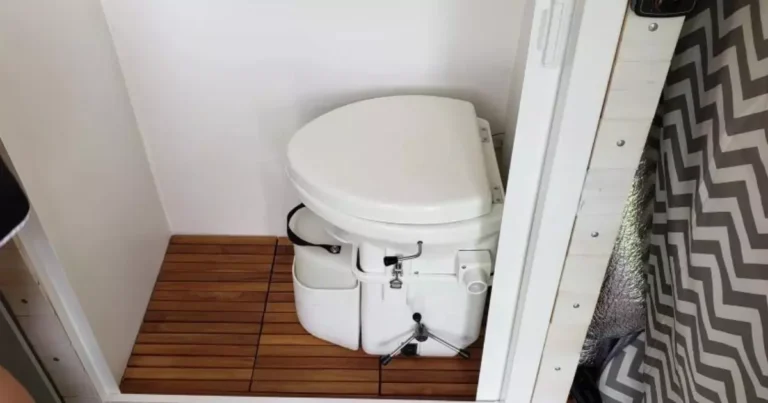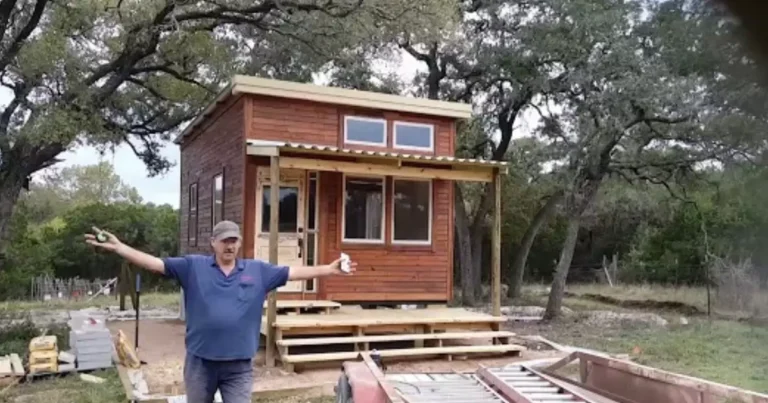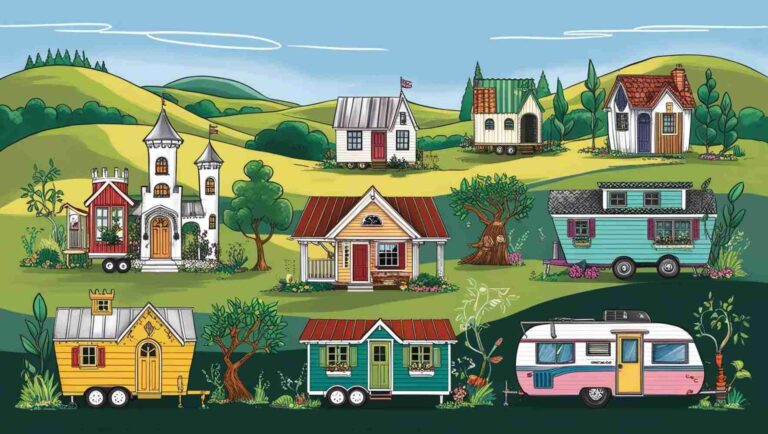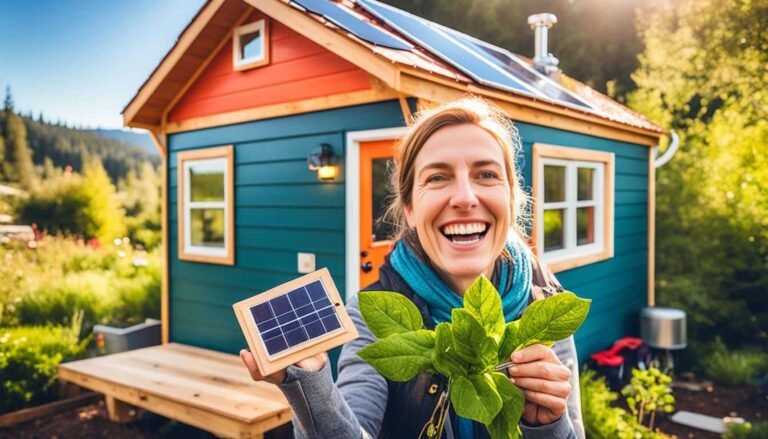How Long Does a Tiny Home Last? Tips for Durability
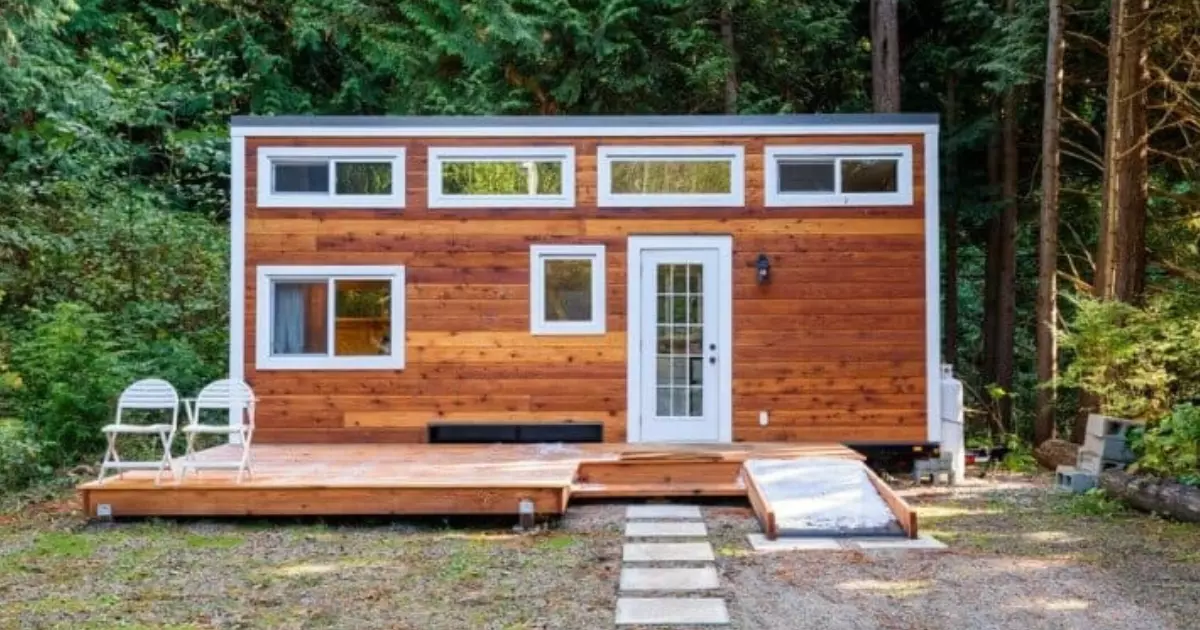
Tiny homes can last 20 to 30 years or more with proper care and quality construction materials. Regular maintenance, durable finishes, and efficient systems contribute to their longevity.
Tiny homes have taken the housing world by storm, offering an alternative to traditional living spaces. These compact and efficient dwellings have gained popularity for their minimalistic lifestyle and reduced environmental impact. However, one common question that arises is: How long does a tiny home last? In this article, we’ll delve into the factors that influence the longevity of tiny homes and provide valuable tips to ensure the durability of your tiny abode.
Tiny homes offer a unique living experience, combining functionality and innovation. As more people embrace the concept of downsizing and sustainable living, understanding the factors that contribute to a tiny home’s longevity becomes essential.
Quality of Construction Materials
The foundation of a durable tiny home lies in the quality of construction materials. Opting for robust and weather-resistant materials such as metal roofing, composite siding, and treated wood can significantly extend the lifespan of your tiny home.
Proper Foundation and Site Preparation
A solid foundation is crucial for any home’s longevity, and tiny homes are no exception. Ensuring the foundation is properly constructed and the site is well-prepared to handle drainage and shifting soil can prevent structural issues down the road.
Regular Maintenance
Consistent maintenance plays a pivotal role in preserving a tiny home’s condition. Regular inspections, cleaning, and addressing minor repairs promptly can prevent minor issues from escalating into major problems.
Efficient Climate Control Systems
Maintaining a comfortable environment within your tiny home is vital. Efficient climate control systems, such as well-designed insulation and energy-efficient heating/cooling solutions, not only enhance comfort but also contribute to the home’s durability.
Choosing Durable Interior Finishes
Interior finishes should also be carefully chosen for their durability. Opt for materials that can withstand daily wear and tear, such as durable flooring options and scratch-resistant surfaces.
Structural Integrity Over Time
Tiny homes are subjected to the same structural challenges as larger homes. Ensuring that the frame and structure are designed to withstand movement and settling is essential for long-term stability.
Handling External Stresses
External stresses, such as extreme weather conditions, can take a toll on any home. Designing your tiny home to withstand the specific challenges of your region’s climate can greatly enhance its durability.
Incorporating Timeless Designs
Trends come and go, but timeless design principles endure. By opting for a classic and functional design, you ensure that your tiny home remains appealing and relevant for years to come.
The Role of Location
The location where you place your tiny home can impact its lifespan. Choosing a site that is less susceptible to natural disasters and provides proper drainage can contribute to its overall longevity.
Sustainable Practices for Longevity
Sustainability goes hand in hand with durability. Using eco-friendly materials and practices not only benefits the environment but also enhances the lifespan of your tiny home.
Ensuring Plumbing and Electrical Resilience
Properly installed and insulated plumbing and electrical systems are crucial for avoiding leaks, electrical issues, and related damages that can compromise your tiny home’s longevity.
Adapting to Changing Needs
As your life evolves, so might your tiny home needs. Designing your space to be adaptable to changing requirements ensures that your tiny home remains relevant and functional over time.
Frequently Asked Questions
Can I build a tiny home myself?
Yes, you can build a tiny home yourself or hire professionals for assistance.
What is the average lifespan of a tiny home?
With proper care, a well-built tiny home can last anywhere from 20 to 30 years or more.
How do I maintain the plumbing in my tiny home?
Regularly inspect for leaks, insulate exposed pipes, and avoid extreme temperature fluctuations.
Can I expand my tiny home in the future?
Depending on the design and foundation, it might be possible to expand your tiny home if needed.
Is it cost-effective to invest in a tiny home for the long term?
While initial costs can be higher, the long-term savings in terms of utility bills and maintenance costs can make tiny homes cost-effective over time.
Conclusion
In the world of housing alternatives, tiny homes stand out for their uniqueness and sustainability. By considering factors like construction materials, foundation, maintenance, and design, you can ensure that your tiny home lasts for many years to come. Embrace the minimalist lifestyle while making the most of your tiny haven.

